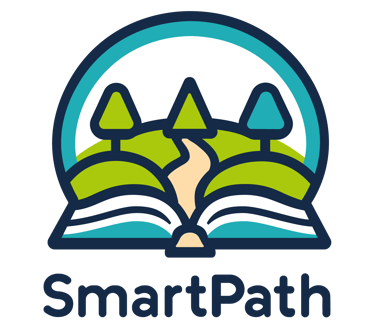Rethinking EdTech: How Homeschool Families Are Quietly Rewriting the Rules


When people hear the term “edtech,” they usually picture sleek apps, dashboards, and complex learning platforms designed for schools or school districts. But most of those tools weren’t built for homeschoolers, and it shows.
Homeschool families don’t need bells and whistles. They need flexible, family-friendly tools that adapt to their routines, not the other way around. And that’s exactly where a quiet revolution is happening.
Let’s take a closer look at how real homeschooling families are reshaping the edtech conversation and what tools are actually helping them do it.
What Homeschoolers Really Want From Tech
Forget trying to replicate school at home. For homeschoolers, tech needs to fit into real life. That might mean:
Letting kids learn independently while parents work or tend to younger siblings
Providing structure without being rigid
Offering variety, not just more screen time
Making planning, tracking, and adjusting easier, not harder
The best tech tools for homeschoolers are the ones that fade into the background, supporting learning without taking center stage.
Where Tech Is Actually Useful
Here’s how homeschooling parents are using technology in ways that feel empowering, not exhausting:
1. Simple Tools for Planning
Many parents use digital planners, spreadsheets, or flexible templates to manage their children's schedules. Some prefer printable formats that they can adjust each week. What matters most is that it works for their rhythm, not that it’s cutting-edge.
2. Better Ways to Find Curriculum
Choosing curriculum is one of the hardest parts of homeschooling. Instead of endless Googling, parents are turning to tools that help narrow the field and highlight what works best for their child’s learning style, family schedule, and budget.
3. Blending Digital and Hands-On Learning
Some families use platforms like Khan Academy or Duolingo. Others rely on tech as a supplement.
For example:
Watching a YouTube video before a science experiment
Downloading printable nature journals
Using audiobooks during car rides
Tech That Adds Support, Not Stress
Most homeschoolers aren’t looking to outsource learning to an app. Instead, they’re using tech to:
Personalize learning across different kids
Explore new topics without committing to a full curriculum
Track progress with minimal hassle
Connect with communities and co-ops
The real magic happens when technology disappears into the background and families feel more confident, not more confused.
Choosing Curriculum Without the Guesswork
One area where parents often feel overwhelmed is choosing curriculum. There are hundreds of programs, each claiming to be the best. What’s missing is a simple way to match your goals and your child’s needs to the right fit.
That’s why we built a free Curriculum Matcher, a tool that saves parents time in their curriculum research. It asks you about your child, your values, your daily life, and what you’re looking for in a learning experience. Then it suggests curriculum options tailored to you.
👉 Try the SmartPath Curriculum Matcher for free
The Bottom Line
You don’t need a tech degree or a Pinterest-worthy schedule to homeschool well. You just need tools that make your life easier, not harder.
When edtech serves families, homeschooling becomes less about navigating chaos and more about following your child’s lead.
SmartPath is one small part of that shift. If you're starting to plan your next homeschool year, give the matcher a try and find out what works for you.
